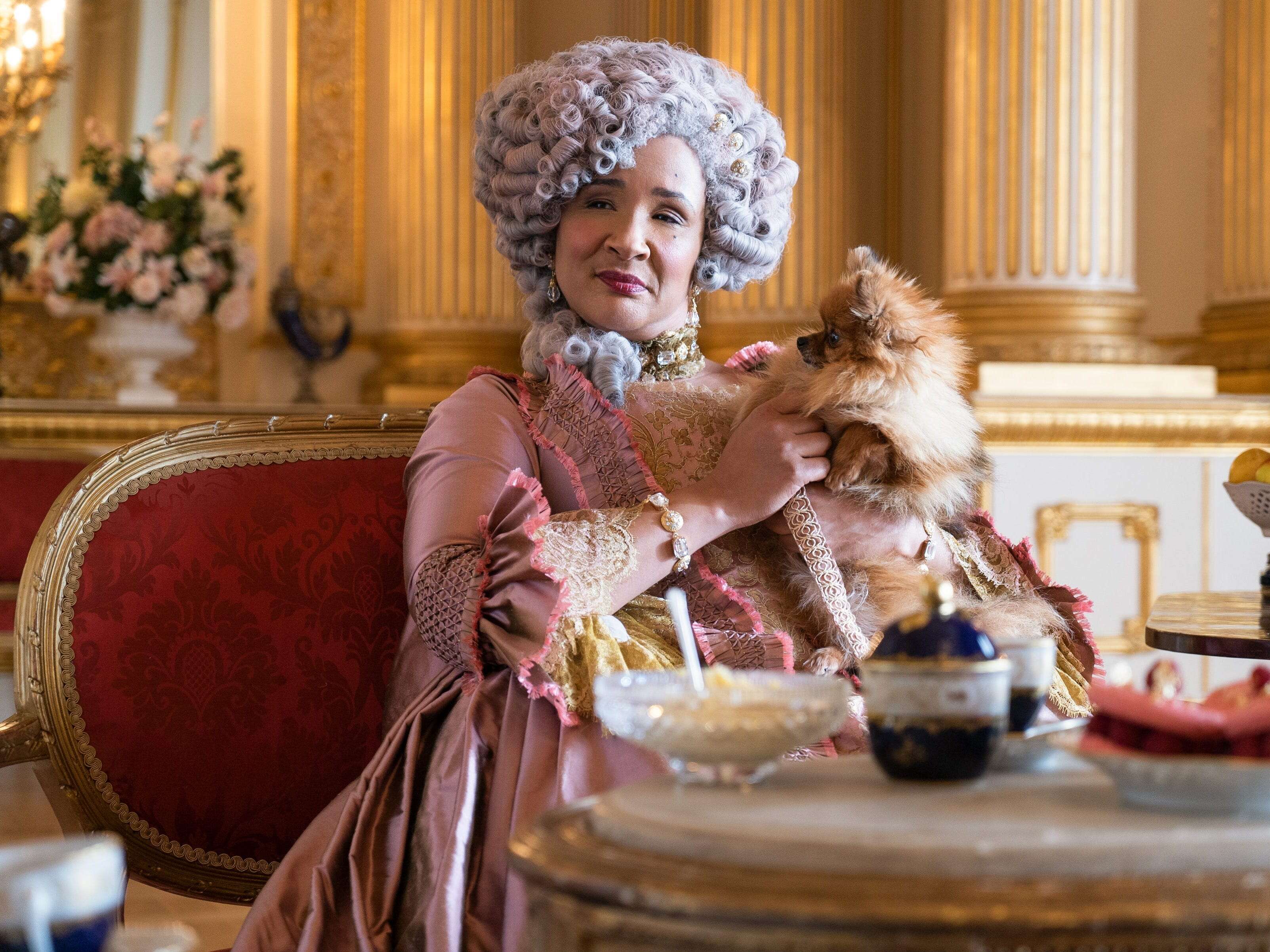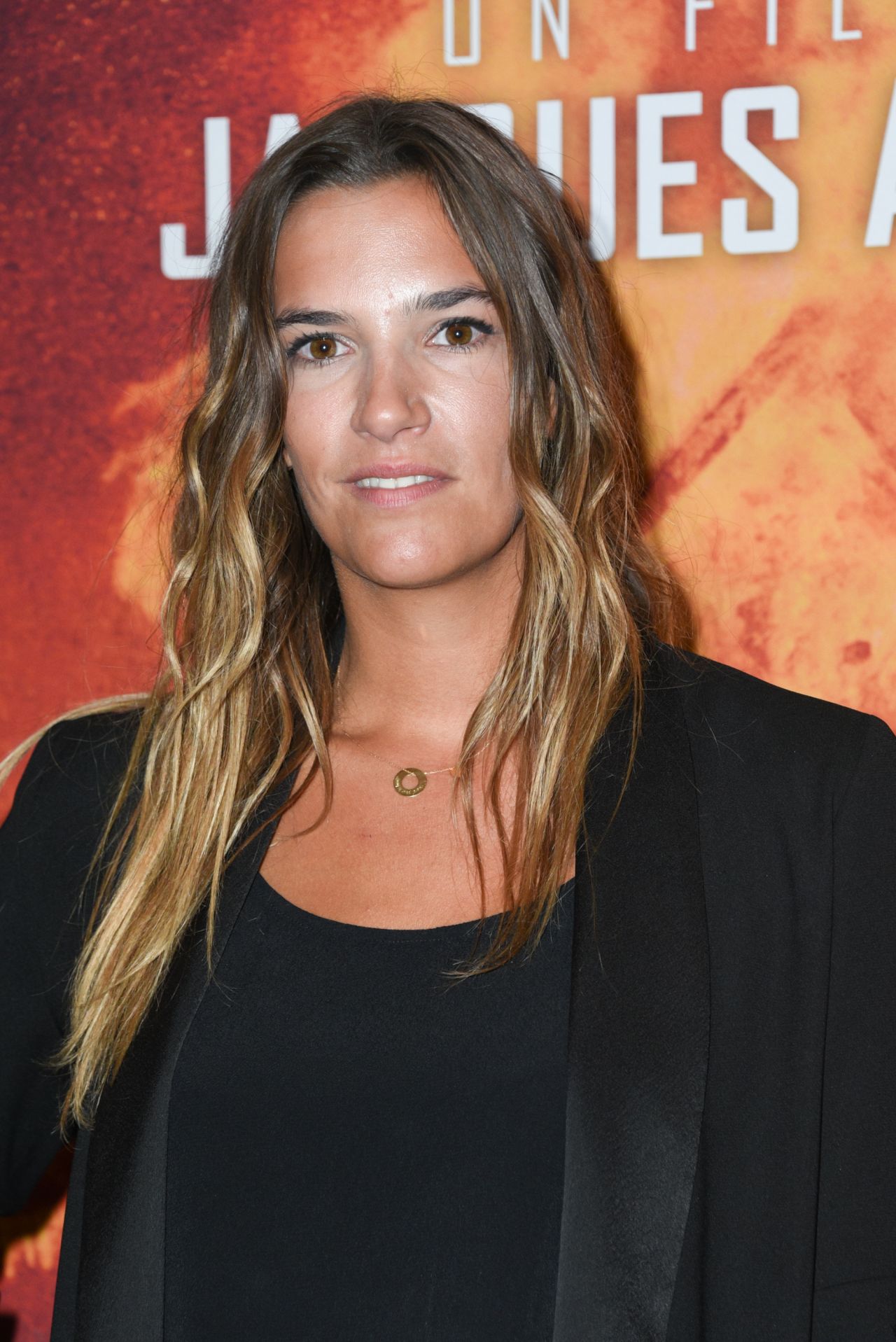Table Of Content
- Prince Harry's security concerns cast shadow over Prince Archie, Princess Lilibet’s absence from coronation
- During the Regency
- Read all our King Charles coronation coverage:
- Princess Elizabeth of the United Kingdom
- Who were all of Queen Charlotte and King George III's children?
- Get to Know All of King Charles's Grandchildren

George's participation in Charles' coronation made him the youngest future monarch to be officially involved in a coronation service. Speaking of his grandson's budding love for the outdoors, Charles described George as "one of those characters who naturally, instinctively likes to be outside," to Sky News in 2015. "I'm intrigued to see if it lasts. He loves being outside, which is encouraging," he added.
The cute photo you might have missed in Prince Charles' Birkhall office - HELLO!
The cute photo you might have missed in Prince Charles' Birkhall office.
Posted: Thu, 28 May 2020 07:00:00 GMT [source]
Prince Harry's security concerns cast shadow over Prince Archie, Princess Lilibet’s absence from coronation
The most celebrated Georgians flocked to see them and amid the rustle of silk court dresses and the flash of the most fashionable jewellery, courtiers sought to make a splash. Whether at St James’s or Buckingham House, the king and queen performed weekly musical concerts and gave entertainments, whilst official levées were held twice a week, with a third day added later. On Thursdays and Sundays, the king and queen received courtiers at Drawing Rooms, where they showed off their family. On one such occasion Charlotte dressed her infant sons in their robes of state and her little daughter in a Roman toga and had them host the Drawing Room instead.
During the Regency
She received the title "Princess Royal" when she was 22 years old. In 1797, she married Frederick, Hereditary Prince of Württemberg, who became Duke of Württenberg shortly after their marriage. In 1805, Napoleon recognized her husband as King of Württenberg, making Charlotte Queen of Württenberg.
Read all our King Charles coronation coverage:

Yet she still protected and loved the king as much as she ever had. When his final mental breakdown occurred in 1810, and the Prince of Wales came to power as Prince Regent in 1811 at the head of a glittering, glamorous court, Queen Charlotte became her husband’s devoted guardian. Despite their dislike of show, Charlotte and George’s court glittered.
Charles began to pass his lifelong passion for nature down to his grandson at a young age. When George was just a toddler, he spent time planting trees with Charles and having picnics in the Highgrove garden. At the King's coronation on May 6, three of his grandkids — Prince George, Princess Charlotte and Prince Louis — were present to mark the momentous occasion. George even played a prominent role in the crowning ceremony, serving as a Page of Honor and helping to carry the train of his grandfather's robe as he entered and exited Westminster Abbey.
Vast crowds lined the route to St James’s Palace, eager to glimpse the new queen, and by the time she arrived in London on 8 September, she was shaking with nerves. She reportedly stumbled from her carriage towards the waiting king but, as she went to throw herself at George’s feet in supplication, he caught her. In March 2023, Lilibet and her brother got updated titles that were shared on the British royal family's website.
Who were all of Queen Charlotte and King George III's children?
Two photos by Pilkington were released to celebrate Prince Louis' fifth birthday in April 2023, including one of Princess Kate pushing her youngest child around in a wheelbarrow. Just last year, Pilkington was the photographer for the official pictures released to celebrate the birthdays of Kate Middleton and Prince William's three children, Prince George, Princess Charlotte and Prince Louis. Pilkington also got behind the camera for the sweet photos of Prince William surrounded by his kids that were released to mark Father's Day in 2023.
The line of succession and royal family explained after death of Queen Elizabeth II - NationalWorld
The line of succession and royal family explained after death of Queen Elizabeth II.
Posted: Wed, 25 May 2022 07:00:00 GMT [source]
Did “The Great Experiment” really exist?
The couple ran into challenges because of George’s mental health issues, which caused him to have episodes of mania, increasingly as he got older. Despite this, Charlotte remained a loving and loyal wife, advocating for the king, until his bouts grew so violent in the early 1800s, that that they were forced to live separate lives for her safety. The dilemma of securing a legitimate heir that Queen Charlotte faces later in life in the show was a very real problem in reality for the actual Charlotte. When her granddaughter Princess Charlotte died in childbirth, she was the only legitimate grandchild and heir in the family, despite the many children that George and Charlotte had.
The Duke of Sussex title wouldn't be used again until 2018, when Queen Elizabeth granted it to her grandson, Prince Harry. Prince Edward died on January 23, 1820, when his daughter was less than a year old.
These behaviors helped seal George’s future reputation as the “mad” king. Born on June 4, 1738, George William Frederick wasn’t expected to survive his premature birth. The future King George III did, of course, and three weeks after his father’s death in 1751, his grandfather King George II put the young royal in line to inherit the British throne. The younger—and still single—George succeeded his grandfather in 1760 at age 22, making his search for a wife urgent. He eyed Charlotte, then 17, over other candidates for a couple of key reasons. George was born in 1738 and became heir to the British throne on the death of his father in 1751, succeeding his grandfather, George II, in 1760.
At a time when smallpox was rampant and could mean a death sentence or disfigurement, Queen Charlotte insisted her children be inoculated. But inoculations are not vaccines, and there was a small but real risk the patient could die. Alfred, who had a heart defect, sadly passed away after his inoculation, just a month shy of his second birthday. The fact that the king and queen took the risk after already losing a child to the procedure tells you just how dangerous and terrifying the disease was. Prince George Augustus Frederick was the first of fifteen children born to Queen Charlotte and King George. You might remember his birth scene on Queen Charlotte — Prince George arrived not long after his parents nuptials.
And seen from within the family, however troubled their lives were, George's illness and his "deep and brooding loneliness" are unbearably poignant. Charlotte’s future was decided in 1760, when the 22-year-old George III succeeded his grandfather on the English throne. This unassuming, diligent bachelor needed a queen – and an heir – as a matter of urgency. Eager to ensure the line of succession, politicians included Princess Charlotte of Mecklenburg-Strelitz on a shortlist of eligible and suitable Protestant ladies. She was reported to have no political ambitions and to be in all regards perfectly pleasant and ‘sweet-tempered’, which was exactly what George was looking for. He chose her to be his bride, thrusting the sheltered teenager into the spotlight.
In the last decade of his reign, he was deemed mentally unfit to rule, and his eldest son, Prince George Augustus Frederick was Prince Regent—marking the start of the "Regency" era. Shortly after his granddaughter's birth, Charles called her arrival "such happy news" during a speech he was giving about sustainability at a carmakers' factory. The royal also addressed "becom[ing] a grandfather for the fifth time," saying it made him all the more conscious about "maintaining the health of our world for future generations." Louis and Charles have shared several sweet moments over the years. In honor of Charles' 70th birthday in November 2018, the royal family posed for a series of portraits, and in one outtake from the day, a then-7-month-old Louis could be seen reaching forward to grab his grandfather's nose.






















